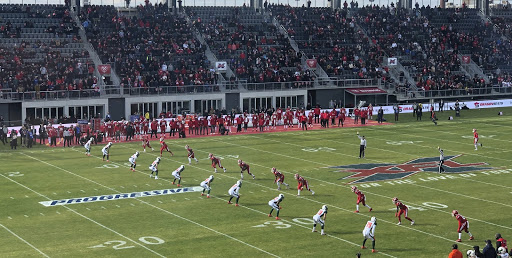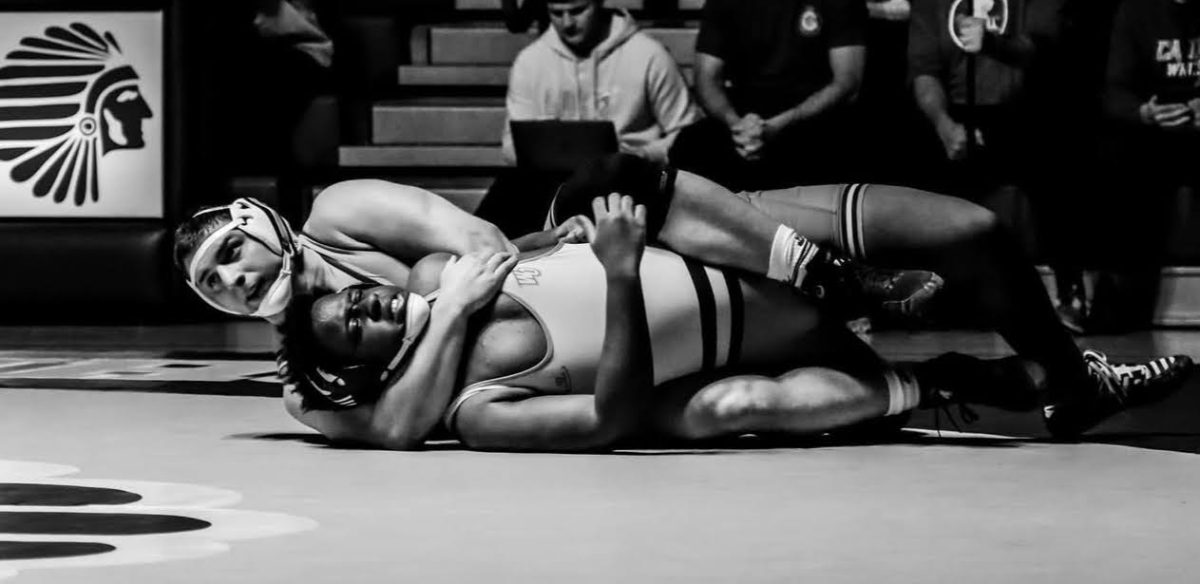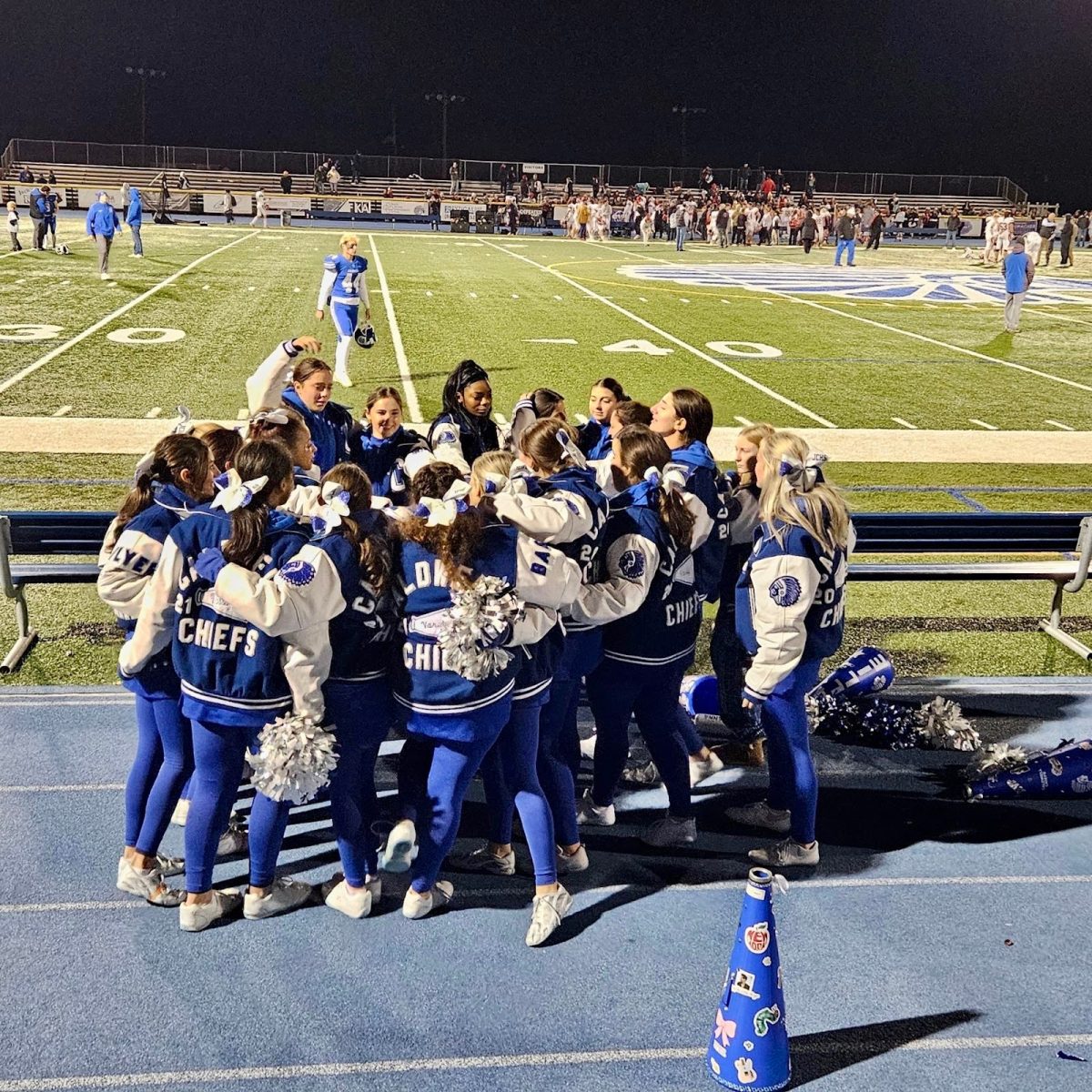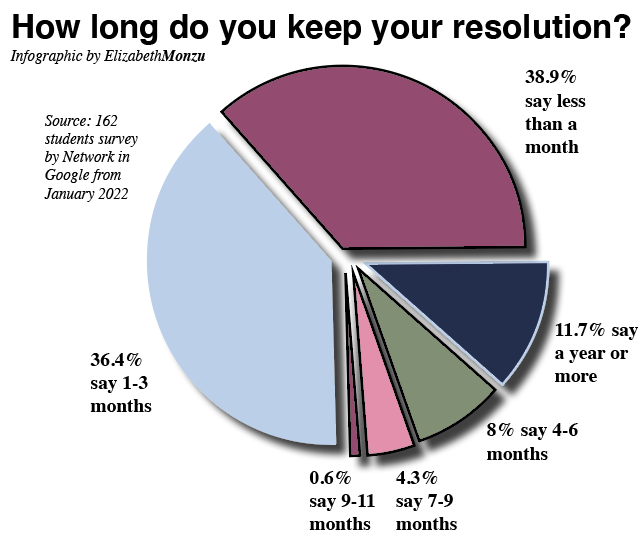The NFL has been the pinnacle of professional football for over 100 years. Yet, new leagues occasionally form to either attempt to rival the NFL or serve as another source of football during the months when pro football is not usually played. The latter is the case for the second version of the XFL (the first form of the league folded after one season in 2001). Many football fans have hailed the XFL as a better alternative to the NFL, as the league’s rules allow for more hard hits and “exciting” plays, but the league’s goal is not to
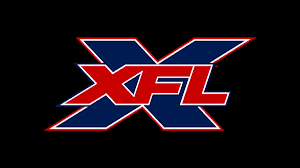
be a direct competitor of the NFL. Instead, they want to offer thrilling spring football to fans who get bored during the NFL off-season. And so far it’s working. The total attendance of games played in week one added up to just under 70,000, and in week two that number increased to 76,000. Likewise, the TV ratings saw a big jump from week one to two, and they look to be on the rise as the season progresses. But, even with all of the promise and upside the XFL offers, the league has some hurdles to clear.
Every spring football league that has tried to establish themselves has failed miserably. Just last year, the Alliance of American Football (AAF) had to cease operations during the middle of the season, which left many players and coaches jobless. This caused the XFL to be extra cautious when beginning to organize the league’s day to day operations, and this led to fans becoming less and less optimistic about the XFL’s potential success. But, the AAF’s failures gave the XFL a very important gift: a blueprint of what NOT to do when forming a football league. Using this plan, the XFL decided to sign a two year TV deal, guaranteeing the league’s existence for at least two years, instead of the one year deal the AAF signed. Also, the draft process and team practices began much earlier than the AAF, resulting in players becoming more accustomed to each other and an overall more watchable game of football. Lastly, the XFL has much deeper pockets, more experience, and more dedication to running a successful football league in comparison to the AAF. Vince McMahon, the main promoter and funder of the XFL who is worth over $2.1 billion, has already stated that he plans to invest $500 million into the league, 5x more than what he invested in 2001. Additionally, McMahon has the experience of running a failed football league and has the misfortunes of the AAF to base his future decisions off of.
Even though the TV ratings and attendance figures have been strong, the on-field product has been very lackluster, aside from offering live sideline interviews during the game. Half of the games through week two have featured a losing team that scores less than 10 points. Also, the quarterback play has been very sloppy and imperfect at best. Outside of a handful of players, the majority of passes are overthrown, underthrown, or
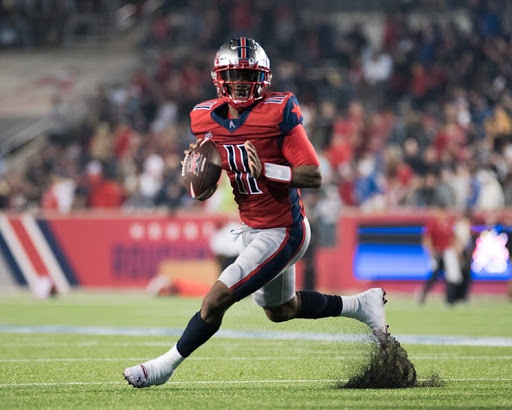
inaccurate. This has caused some fans to complain, but others believe that the quarterback play will improve as the season progresses. However, every other position is doing their part to help the league appeal to fans. Linebackers and defensive backs have constantly been taking advantage of the XFL’s lenient tackling rules, and defensive linemen have been recording a good number of sacks. Receivers and running backs have showcased their great speed and agility on catches and runs, and the offensive lines are holding up. While the talent level of the XFL obviously isn’t as high as that of the NFL, the quality of games should continue to increase week by week.
Much like the old XFL, the new XFL features a few key rule changes that are intended to make games more exciting. First, the XFL is implementing a new kickoff rule. Instead of players charging at each other with full speed and force, the receiving and kicking teams line up only five yards apart, on the receiving teams 30 and 35 yard lines. This increases player safety and the likelihood of a kickoff returned for a touchdown. The league also offers one, two, and three point conversions after touchdown, while the NFL only offers one and two points. Additionally, the XFL only has a 25 second play clock, meant to keep
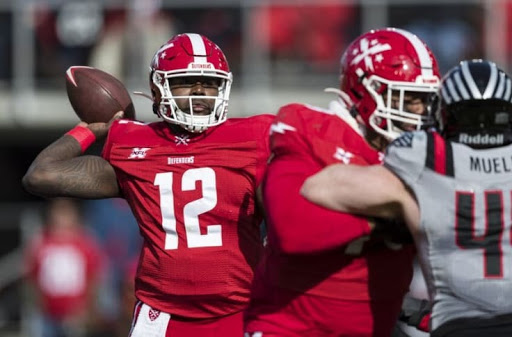
up the pace of play in comparison to the NFL’s 40 second play clock. Lastly, the XFL is drastically changing the rules of overtime. Instead of the rule being whoever scores a touchdown first wins, the XFL is introducing a shootout method of overtime, much like hockey and soccer. Teams get five plays from the opponent’s five yard line, and whoever scores more wins.
Overall, the XFL has incredible potential. The failures of the AAF and original XFL lay a great foundation of exactly how not to run a football league. While the on field product has been uninspiring, players are still getting used to each other and will get better as the season moves forward. The new rule changes add an element of mystery and freshness to the league, something the NFL does not have.
